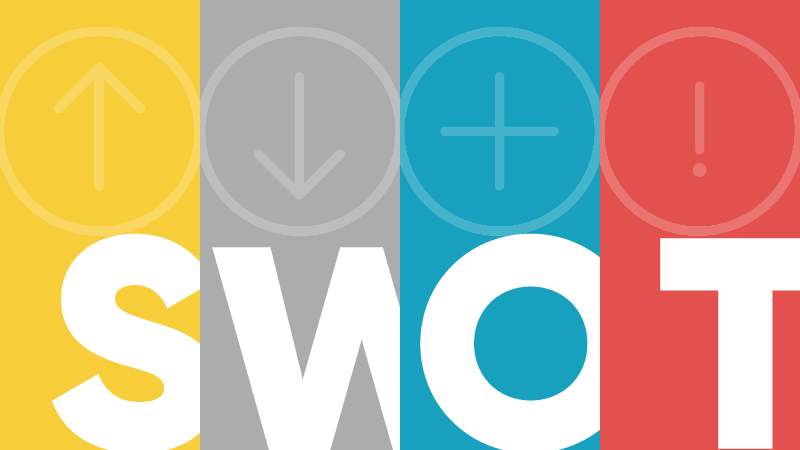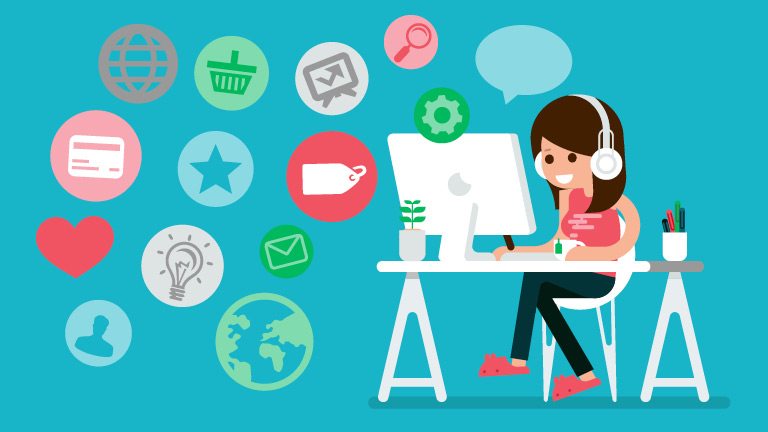What is Customer Journey Mapping?
Customer journey mapping is the strategic approach of defining a target audience, understanding their needs and environment, and then creating a plan to deliver engaging content that drives them through the customer funnel, from awareness to purchase and beyond. The customer journey does not stop at the point of purchase or conversion but extends beyond that to continue nurturing the relationship with the customer.
In essence, the definition of a customer journey map is a document that serves to show how to collect leads and then convert them into customers. You will often see this laid out in a traditional funnel shape (exhibit A). The typical flow begins at generating awareness, then highlighting benefits, then persuading to purchase, before wrapping up at the point of purchase.
EXHIBIT A: Traditional Purchase Funnel

Occasionally, you will also see an advanced take on purchase funnels that resemble an hourglass rather than the traditional funnel shape. These are adding in what happens after the purchase. Those additional phases are meant to help with adoption of the product or service as well as convincing the consumer to become an advocate.
EXHIBIT B: Hourglass Purchase Funnel

My take on this is that it should be flipped on its side as the hourglass model doesn’t truly represent the full picture. The customer journey doesn’t stop at purchase, nor does it stop with advocacy for the product or service. In reality, if a customer has a positive experience leading up to and after purchase, then they are extremely likely to make another purchase from the same company. Therefore, the real approach to the funnel should be flipped on its side in the shape of an infinity symbol.
EXHIBIT C: The Infinity Model

How to Create a Customer Journey Map?
Now that we’ve broken down the funnel, we need to build out our customer journey map.
Every company is different, and so are their customers. There are three easy steps to follow in order to build out your own customer journey map that can also help with marketing automation flows.
- Complete a discovery phase to better understand you, your industry and your customers.
- Map out existing tactics and assets to see where they live on the journey and where gaps may exist.
- Fill in the gaps with new content and tactics, then review the entire journey to ensure it is set up for success.
It’s a good idea to periodically audit the journey to ensure that your tactics and content are successfully moving consumers through the stages, turning them from prospects to customers to happy customers who continue to purchase.
EXHIBIT D: Sample Customer Journey showing tactics and assets across all stages

The Stages of a Customer Journey
Now that we’ve established how to create a customer journey, and the need to audit periodically, we should break down the exact stages of the journey.
Awareness
Awareness is all about informing consumers that you and your products or services exist. A lot of executional tactics in this stage are centered around areas like social media channels, paid media, SEO and traditional channels like print and PR.
Education
Education is where you start to lay the foundation of how the consumer has an issue that you can help to resolve. Executional tactics in this stage are often content like whitepapers and brochures.
Needs Recognition
Needs recognition is the first chance to provide some insights on how you offer products or services that can help resolve the consumer’s issue. Tactics at this stage are often more product specific and talk about the benefits of using the product or service.
Research
Research occurs once the prospect is aware of the problem and potential solutions. Prospects are seeking existing data to prove the claims that your product or service can help their needs or data that helps validate your company. Executional tactics in this stage include content such as short- and long-form research reports.
Qualification
Qualification is the point where prospects are validating the research with third-party opinions and other methods. Tactics and content during this stage are typically testimonials or additional research and insights.
Evaluation
Evaluation is where prospects see the product or service in action firsthand or through secondhand sources like videos. Content and tactics in this stage are often free samples or demo videos.
Decision
Decision is the pivotal stage where the prospect considers everything they have learned in the previous stages and makes the final call to either purchase or start over in their search for a product or service.
Purchase
Once the decision is finalized, a purchase is made, and the prospect ends the first half of the journey, becoming a customer who is now entering the second half of the journey.
Adoption
Adoption is the first stage post-purchase and is meant to help customers have a positive experience with the product or service. Executional tactics and content at this stage include training documents and other onboarding materials.
Loyalty
Loyalty is generated by following up with the customer to ensure they are having a positive experience. This can be completed in many ways, such as email surveys, sales rep calls, and quick and effective responses from customer support or community managers.
Retention
Retained customers cost less than acquiring new customers. Therefore, retention is an important stage in the journey. Keeping a customer once they have been earned can be done through many tactics, such as providing an easy process to auto-renew products or coupons valid toward the next purchase of the product or service.
Advocacy
Advocacy is critical in closing the loop and rebuilding the prospect pool. If customers are happy, then they are likely to recommend your company to others in search of the same solution or similar services. Some tactics to consider in this stage include offering referral bonuses and free promotional items that display your logo.
TLDR
- Customer journey mapping is an important exercise that can be completed in three easy steps: discovery, auditing existing content and filling in the gaps with new content.
- The funnel is no longer a funnel. It’s more like an infinity symbol that extends beyond the point of purchase.



